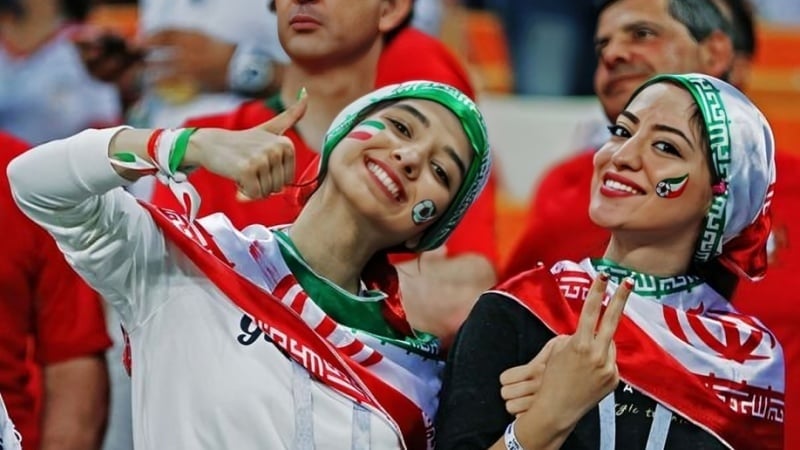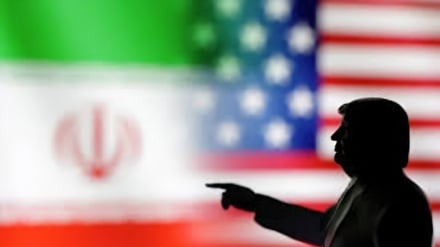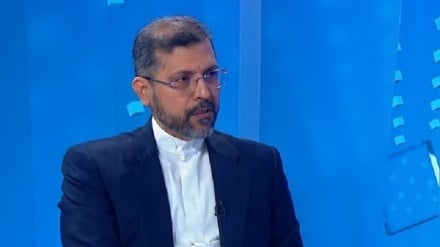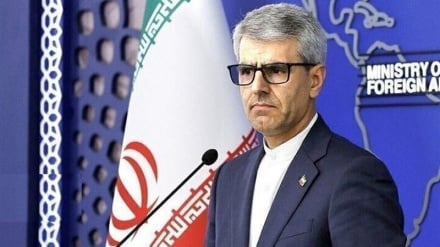Do women and men in Iran have equal rights and opportunities?
-

Do women and men in Iran have equal rights and opportunities?
Pars Today – After the victory of the Islamic Revolution in Iran, some Western countries tried to create the impression that Iranian women have been oppressed.
With the victory of the Islamic Revolution in 1979, the perception of women’s status in Iranian society underwent a fundamental transformation. Contrary to what some might assume, the Islamic Republic not only did not act as an obstacle to women’s participation in various fields, but, relying on Islamic teachings and the emphasis of Imam Khomeini (God bless his soul), it created the grounds for women’s growth and flourishing in scientific, cultural, social, economic, and political spheres. This Pars Today report, drawing on official and credible statistics, examines these advances.
The view of Imam Khomeini and Imam Khamenei on women
Imam Khomeini (God bless his soul), the founder of the Islamic Republic of Iran, always emphasized the equality of rights between men and women in society. He stated: “Women are free in an Islamic society, and in no way will they be prevented from going to universities, offices, or parliament.”
Imam Khamenei, the Leader of the Islamic Revolution, also stated on December 17, 2024, during a meeting with thousands of women and girls, that one fundamental principle of the Islamic charter on women is “the absence of any distinction between men and women in spiritual progress, human excellence, and attaining a pure life.”
He added that from Islam’s perspective, despite physical differences, both men and women possess infinite capacities, intellectual and practical creativity, and talents. This enables women, just like men—and in some cases obligates them—to play an active role in diverse scientific, political, social, economic, international, cultural, and artistic arenas.
Education and learning
After the Islamic Revolution in Iran, significant changes took place in women’s access to knowledge and education:
- The female literacy rate rose from 15% before the Revolution to over 80%.
- Females now make up 61% of university entrants in Iran.
- Females constitute 33% of university faculty members, and 44% in the field of medical sciences.
Health and medicine
In the field of health and medicine, the Islamic Republic of Iran has taken effective measures to improve the well-being of women:
- Life expectancy for Iranian women has reached 78 years.
- Maternal mortality during childbirth has declined to 20 cases per 100,000 births.
- Women make up more than 70% of Iran’s healthcare workforce.
- Universal health coverage has been provided for 99% of rural and nomadic populations and 100% of urban residents.
- Iran has achieved global rankings in reducing infant and under-five child mortality.
Employment and entrepreneurship
In the field of employment and entrepreneurship, Iranian women have played an active and influential role:
- 41% of newly created jobs and 80% of home-based business permits have been allocated to women.
- More than 4,000 knowledge-based companies in Iran are managed by women.
- 24% of Iranian inventors are women (the global average is 14%).
- In Iran, support programs such as granting collateral-free loans to female heads of households have been implemented.
Political and managerial participation
Iranian women have also made significant progress in political and managerial fields:
- The number of women appointed to managerial positions increased from 19,000 in 2020 to over 40,000 in 2023.
- In Iran’s 14th government, more than 70 women hold key positions such as ministers, vice presidents, and government spokespersons.
- Fourteen women serve in the Iranian Parliament, with hundreds more active in city and village councils.


